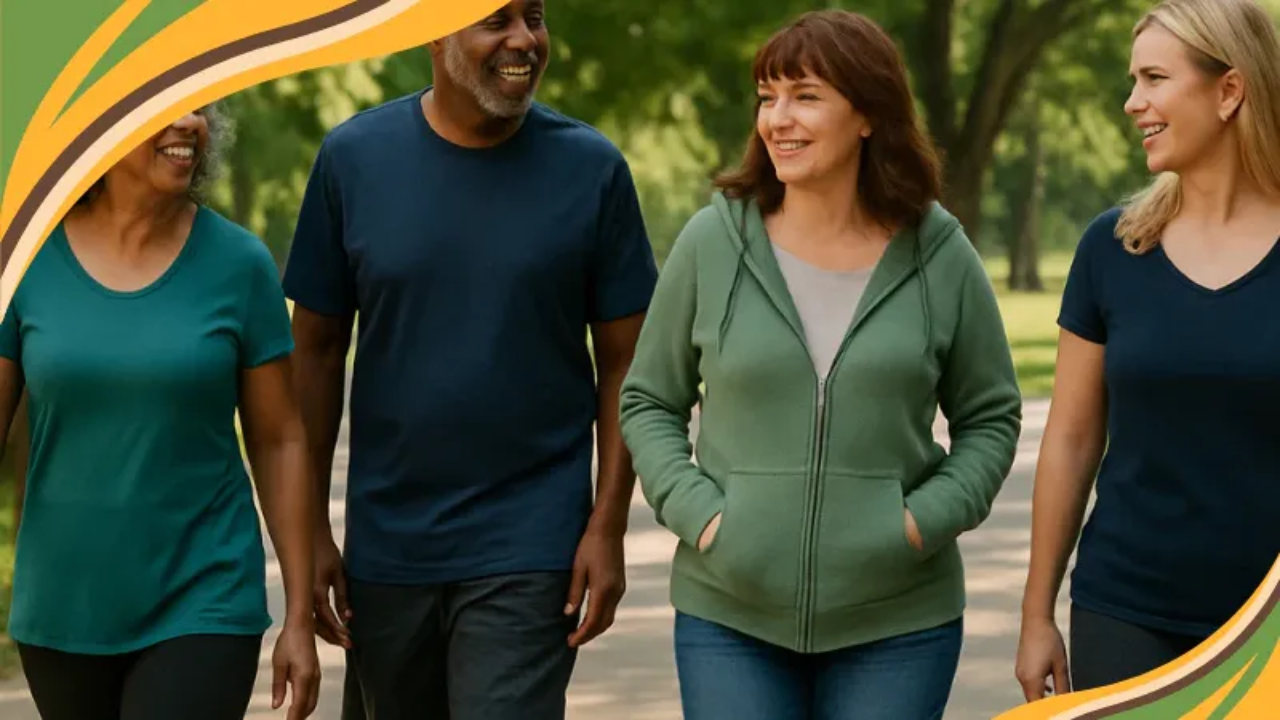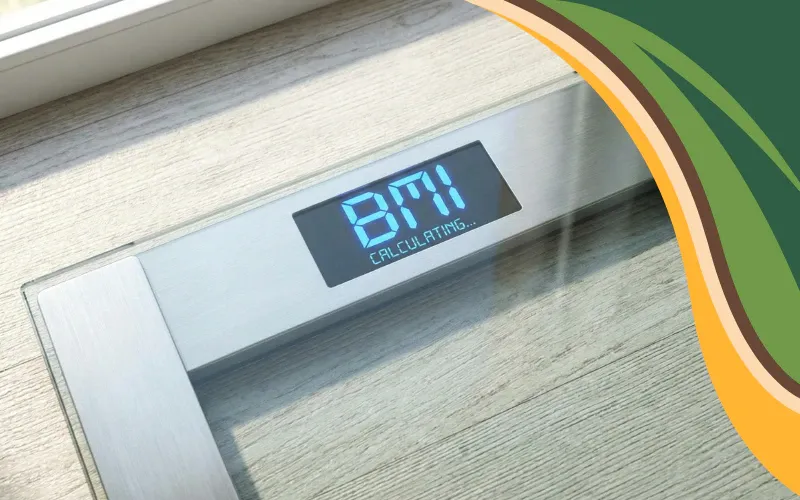
The weight of the nation: can we reverse the obesity trend?
America’s obesity crisis: what the new numbers really mean, and why It matters
In 2021, nearly half of U.S. teens and about 75% of adults were overweight or obese, a sharp rise that shows a growing obesity trend that’s been building for decades. And if nothing changes, this obesity trend will continue to climb. By 2050, experts say that more than 80% of adults and nearly 60% of adolescents in the U.S. could be affected.
These alarming statements come from a major study published in The Lancet, looking at 30+ years of data from 132 sources across the country. The message is clear: the U.S. obesity trend is accelerating faster than many realized.

What “overweight” and “obese” actually mean
For adults, being overweight means having a body mass index (BMI) between 25 and 30, while a BMI over 30 is considered obese.
For children and teens, this is based on international growth standards.
These definitions matter because they help researchers track long-term obesity trends across age groups and regions.
Why this obesity trend matters
The U.S. already has some of the highest obesity rates in the world and the stakes are enormous.
• Health: Obesity is linked to diabetes, heart disease, cancer, and mental-health challenges. In 2021, it contributed to 335,000 deaths.
• Life expectancy: Experts warn the rising obesity trend is slowing improvements in U.S. life expectancy.
• Cost: At the current pace, obesity-related health care could cost the U.S. $9.1 trillion over the next decade.
This isn’t just a public-health statistic, it affects families, communities, and the healthcare system.
Kids and teens: a rapidly rising obesity trend
Obesity among adolescents (ages 15–24) has more than doubled since 1990. Today, nearly 1 in 5 children ages 2–19 lives with obesity.
If the current childhood obesity trend continues, researchers estimate that by 2050:
-
1 in 5 young children
-
1 in 3 teens
will be affected.
Early weight struggles often lead to lifelong metabolic issues, emotional stress, and reduced quality of life.
The uneven reality
The obesity crisis does not affect everyone equally.
Rates vary across the U.S., especially in the South. Long-term racial and economic barriers make the problem worse. Black and Hispanic communities face extra challenges, including:
• limited access to affordable healthy foods
• fewer safe places to be active
• reduced access to preventive healthcare
These barriers create an uneven and growing obesity trend across the country.

What’s being done, and what shows promise
Cities and health systems are testing solutions, and early results show promise:
• Policy changes: Some cities (like Seattle) have seen measurable declines in childhood BMI after implementing soda taxes.
• Community initiatives: Schools and city programs are expanding access to healthy foods and physical-activity opportunities.
• Medications: New GLP-1–based weight-loss medications are showing strong results, though access and long-term safety remain concerns.
• Tech tools: Health-tracking apps help users build awareness and consistency — but scaling them remains a challenge.
There’s no single fix, but multiple strategies working together can slow the obesity trend.
The weight of a nation is not only about numbers. It’s about the real people behind them, and the small shifts in daily life that make health feel possible again.
The bottom line
America’s obesity trend is rising faster than expected but it’s not too late to change that.
With a strong mix of:
-
policy,
-
education,
-
community support, and
-
innovative tools,
the U.S. can still shift the direction it's headed.
Progress is possible. And understanding the real story behind this growing obesity trend is the first step toward reversing it.

Stay connected with news and updates!
Join our mailing list to receive the latest news and updates from our team.
Don't worry, your information will not be shared.
We hate SPAM. We will never sell your information, for any reason.











